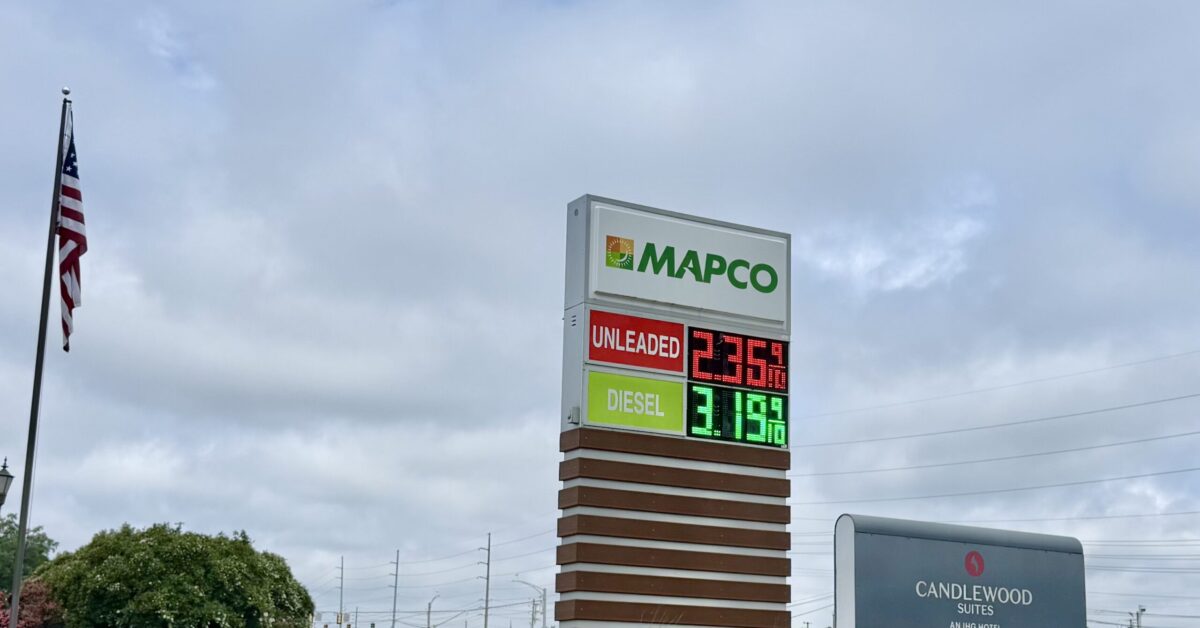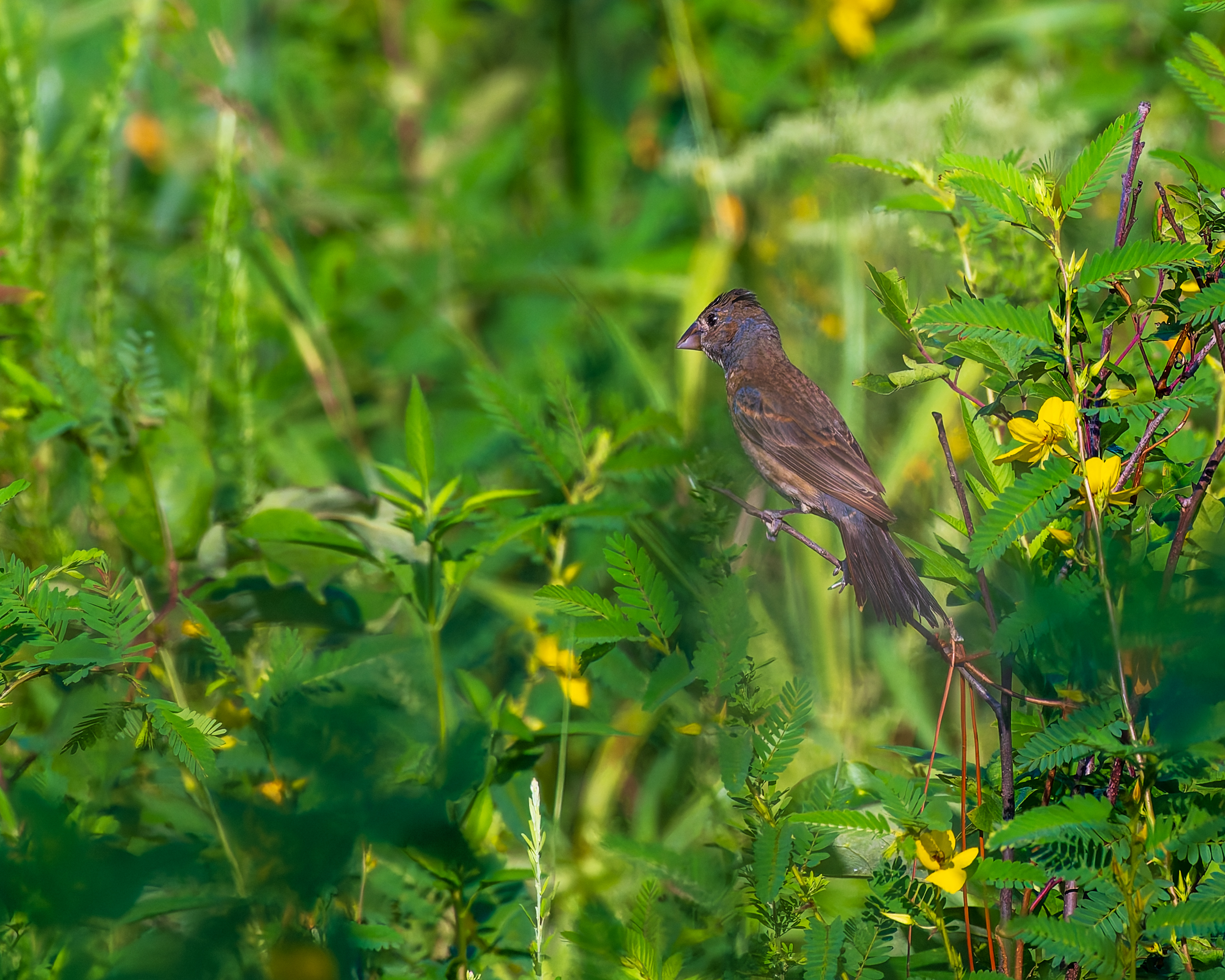What are native plants and why do they matter here in Birmingham?
Reading time: 8 minutes
Sponsored

You might have heard talk about ’native’ plants. But, what are they and more importantly, why should you care? We’re going to take a look at these questions in this first of a three part series. I invite you to come along with me to explore.
Alabama’s Native Plants – What are they?

From the common to the rare, Alabama is rich in native plants. But what does ‘native’ mean? Lady Bird Johnson Wildflower Center, a renowned center for the study of natives defines it this way;
”One that exists in a given region through non-human introduction…’
So that would exclude plants that were brought to America (and hence to Alabama) from Europe, Asia and other parts of the world.
Over 3100 kinds of native plants have been identified in Alabama from trees, shrubs, flowers and vines. They are everywhere–in open spaces, in our gardens, and filling forests and meadows. Can you identify them?
Common Native Examples
You’re likely already familiar with some of our gorgeous natives without even knowing it! Here are a few examples;
Flowering Dogwood (Cornus florida)

Oak Leaf Hydrangea (Hydrangea quercifolia)

Swamp Sunflower (Helianthus angustifolius)

Rare Native Example
In Alabama, because we are so diverse, we discover rare native plants, new pieces to our ecological puzzle, every year.

Brian Finzel, a science teacher at St. John Paul High School II in Huntsville, Alabama, made one such find.
One day in 2018, just on a whim, Finzel took a hike near Lake Guntersville looking for wildflowers. That particular day, he just so happened to look down at what seemed to be a wild ginger plant, what folks call “little brown jugs.”

Curious, he explored the base of the plant and noticed the flower looked totally different than what he had ever seen in a ginger plant.
After reporting it, Finzel soon found out he had discovered a new species, a new kind of plant, that is found nowhere on planet earth, except on that little hillside in Northeast Alabama.
Why Should You Care About our Native Plants?
Alabama’s birds, bees and butterflies all depend on native plants to provide important habitat for their survival. In return, we humans enjoy the living beauty of the natives, learn about our natural surroundings and enjoy the critters that depend on them.

John Manion, the Kaul Wildflower Garden Curator described it best,
“Native plants have evolved naturally in our area…. native plants have been here for a long, long time and that’s why it is important to maintain them and all the other living organisms that depend on them.”
They Attract Gorgeous Creatures
Hummingbirds

Take for example the Ruby-Throated Hummingbird.
Each year, these “hummers” visit us in Alabama during late spring and summer, after they have spent the winter in Mexico and Central America.
When hummingbirds arrive, one of the flowers they love to feast on is the native Eastern Columbine, which is common in many gardens around Birmingham and in the forests Alabama.

Our native columbine is one of the pieces of the puzzle that is part of the hummingbird’s thousand mile journey. Without the columbine would the hummingbird adapt? We don’t know.
Spicebush Swallowtail

Natives aren’t just pretty to look at. They serve a very important purpose. They feed and provide habitat to stunning wildlife.
One such example is the Spicebush Swallowtail which depends on two members of the Laurel family – the Northern Smooth Spicebush and Sassafras.

Native plants help support clean water and air in Birmingham and Alabama
And it is not just birds, pollinators and wildlife that benefit from native plants. In an urban setting like Birmingham, native plants help provide a multitude of ecosystem services.

“Nature and native plant communities provide a lot of services and systems we take for granted,” said Michelle Reynolds, native plant enthusiast and host of Habitat Garden Club at Ruffner Mountain. “Native plants hold soil together, filter pollutants, keep our water clean, and help mitigate the heat island effect. If we damage those systems, then we have to spend the big bucks to fix them or build them back. But if we take care of those systems and services, and work with nature instead of against it, we’re ahead of the curve in becoming a green city.”
How did it evolve this way? Location, Location, Location
“Alabama’s plant diversity its quite astounding,” exclaimed Manion, in an interview about Alabama’s native plants with Bham Now.
“There are facts that even people who live here are not aware of. We have such an amazing diversity overall – plants, animals, all living things.”

According to Brian Keener, a biology professor at the University of West Alabama and director of the Alabama Plant Atlas, the state possesses not only more than 3100 native plants, we have 28 endemic plants —which means they only occur naturally in one geographic region – right here in Alabama. In comparison, Georgia has about 10 endemics, while the state of Maine has one.
“The Alabama flora is full of surprises with many more to come,” said Keener. “It is going to be a long time before we are finished finding new species of plants in this state. Several of these may be extremely rare and highly restricted in distribution, perhaps known only from a single site.”
The reason for our plant diversity? Alabama is blessed with numerous geological and geographical formations. We have multiple soil types. Our rivers, streams and watersheds crisscross the state. And our climate is very conducive to growing a variety of plants.
What Threatens Alabama’s Natural Garden?

Native doesn’t necessarily mean easier to grow however. The biggest threat to Alabama Native Plants? Invasives such as kudzu, privet, Chinese wisteria and others.
“When you think about plants becoming weedy, there is nothing more tragic than planting something that is not native and seeing it escape out of your yard, down the road and into the natural landscape,” added Keener. “Two of the most awful invasive species we have are Chinese privet and Japanese honeysuckle. Both of them can still be found today in nurseries, even though they are destroying our landscape by outcompeting our native flora.”
The fact is—some plants, not all, that have been introduced into our warm climate have become invasive and quite frankly devastated southern landscapes. You don’t have to drive far down I-65 to see mountains of kudzu, Chinese privet, honeysuckle and wild taro covering the Cahaba River.
Next Up

In our next two installments about our state’s native plants, we are going to learn how people and organizations are protecting, preserving and growing our native “Alabama Garden.”
Meanwhile, visit the Alabama Plant Atlas, the online virtual library about our state’s plants or take a stroll through the Kaul Wildflower Garden at the Birmingham Botanical Gardens.
Who knows—maybe you can discover a new native plant to add to Alabama’s rich natural heritage?
Sponsored by:




